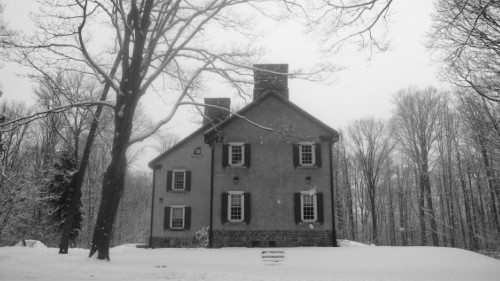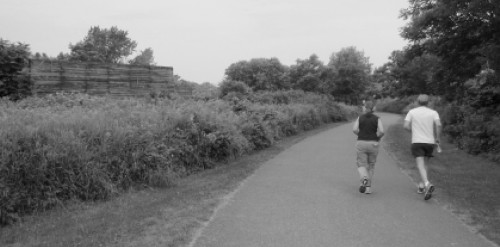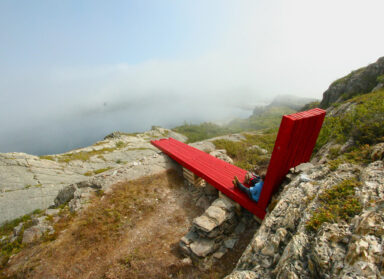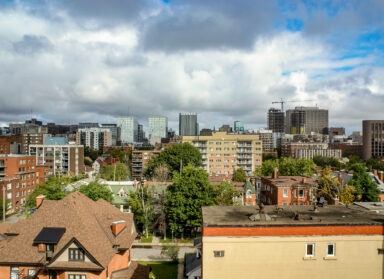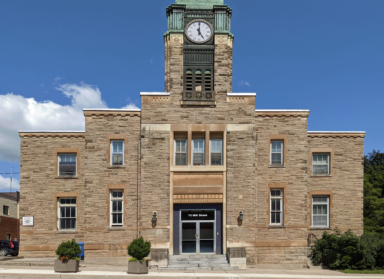An article by ERA associate Joey Giaimo was recently published in the latest APT Bulletin of the Association for Preservation Technology International. The article, “Append & Tweak: An Approach for Preserving the Evolving Suburban Landscape,” asks us to re-evaluate how we regard and manage heritage resources in suburban contexts, and argues for a cultural landscape approach as we move forward.
With increased suburban development, many historic villages and settlements are being engulfed. In addition, many of our post-war suburbs are themselves now over 60 years old, and have evolved mature relationships between their architecture, landscape, and cultural traditions. These suburbs are not always best served by the traditional conservation approach of heritage district designation, which operates by designating valued buildings within a bounded geography and then prescribing limitations to preserve them in their current state.
Adopting a cultural landscape approach, however, can offer a more nuanced, flexible approach that attempts to document a larger range of resources, from culture, to natural resources, to heritage landscapes.
As a case study, the article looks at Mississauga’s Lakeview neighbourhood, which was used as farmland until it began to be developed in the early 1900s. In 2005, Mississauga completed the only cultural-landscape inventory in Canada, a strategy that will help to manage both heritage and change in Lakeview. The inventory identifies and recognizes a wide range of resources in the neighbourhood, from its agricultural and military histories, to its evolving cultural heritage and demographic composition.
A number of natural areas and recreation areas are also identified that, although listed individually, suggest a larger system linked by a pedestrian trail. The trail constitutes an important landscape resource that connects 177 natural areas, 143 parks and promenades, 80 marinas, and hundreds of museums and historic places. In the future it is easy to imagine that the cultural landscape approach will begin to identify entire complex systems such as this trail as important heritage resources.
Holistic approaches like these allow us to describe and document a quality suburbs are often said to lack: the diversity of program more associated with downtown, mixed-use centres. By describing and documenting this diversity adequately, we are able to move forward to managing suburban areas in a thoughtful, productive manner.
Interested in reading more? Download the full article.

